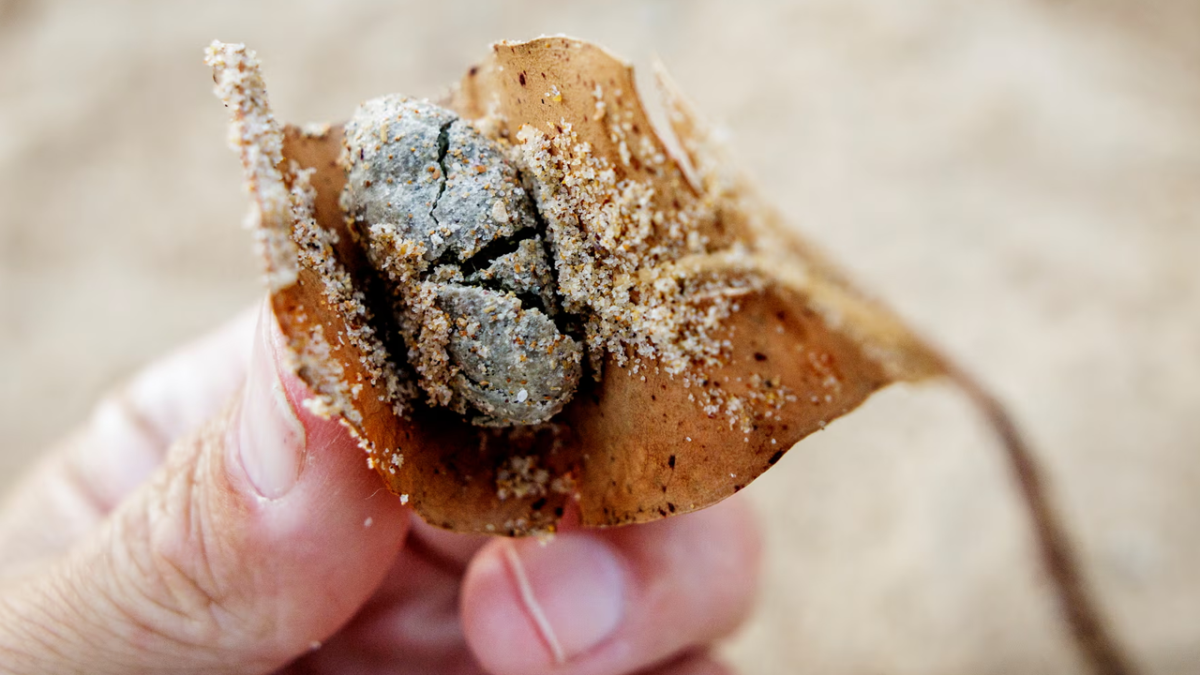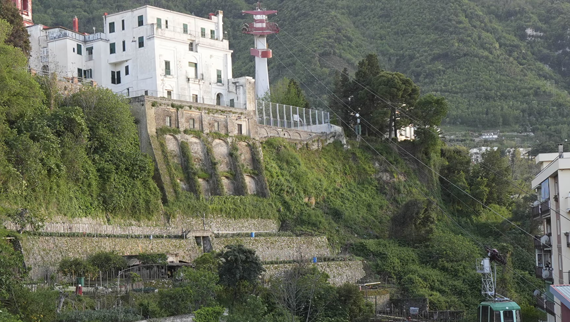Unanswered questions as EPA confirms debris balls on Sydney beaches likely came from sewage plants
Unanswered questions as EPA confirms debris balls on Sydney beaches likely came from sewage plants
NSW environment watchdog investigation finds debris that washed up on Sydney beaches in 2024 ‘consistent with a land-based sewage source’
NSW environment watchdog investigation finds debris that washed up on Sydney beaches in 2024 ‘consistent with a land-based sewage source’
Authorities investigating mystery debris balls that recently closed beaches in Sydney and on the south coast have determined they likely originated from Sydney Water’s land-based sewage treatment network, the New South Wales Environment Protection Authority says.
“The development comes after a comprehensive scientific and technical investigation found similarities between the makeup of the debris balls and samples taken from several of Sydney Water’s major wastewater treatment plants, including those at Malabar and Bondi,” the EPA said in a statement on Friday.
Khan, who is chairing a wastewater expert panel providing independent scientific advice to the EPA and other NSW government agencies, said finding the source of contamination within the sewage network would be challenging.
“We don’t know if it’s coming before the treatment plant, after the treatment plant, or from the sewers themselves,” he said.
“We don’t know if it’s a wet weather overflow event. We don’t know if it’s coming from upstream … or if it’s coming out of the deep water ocean outfall.”
A major question, Khan said, was why these incidents had happened now.
Given the waste washed up along some of Sydney’s most popular beaches – during peak tourist season – understanding the source was crucial. “We can’t address it if we don’t understand it,” he said.
In October 2024, Guardian Australia first reported a team of scientists was investigating whether the balls could be linked to sewage and whether they could have come from a nearby water treatment plant.
In November, the EPA chose to reveal the content – but not the source – of the mystery beach balls on the day of the US election. Sydney Water said at the time there had “been no issues with the normal operations of the Bondi or Malabar wastewater treatment plants”.
Guardian Australia reported in January that Sydney’s unusual sewerage system was most likely responsible for the faecal and fat balls turning up on beaches.
A $32bn project to improve the system over the next 15 years would not stop waste being pumped into the ocean off the city’s famous eastern suburbs beaches, it was revealed in February.
The EPA director of operations, Adam Gilligan, said on Friday the authority’s finding was “a significant step forward in our investigation but there is still work to do”.
“While we are yet to determine exactly what caused the pollution incidents to occur when they did, we can say the composition and the characteristics of the debris balls are consistent with a land-based sewage source,” Gilligan said.
The EPA issued an investigation notice to Sydney Water, requiring it to undertake oceanographic modelling of the dispersion of the debris balls; complete a sampling and analysis program at its sewage treatment plants; and assess its deep ocean outfall systems and sewerage pipe network to identify where in its systems the debris balls originated to prevent a recurrence.
Sydney Water’s acting executive general manager of water and environment services, Louise Beer, said in a statement that an internal review had been implemented.
“It is important to note, all coastal treatment facilities are operating normally, and we are compliant with regulatory standards,” Beer said on Friday.
“As we could not find any faults with our system, we conducted widespread sampling and analysis of the debris balls at Sydney Water’s laboratories and appointed an independent oceanographer to determine the potential geographic origin of the debris balls.”
The investigation indicated the balls may have formed due to an increased load of fats, oils and greases in the wastewater system over time, with unique oceanographic factors and weather conditions playing a role in why the debris balls appeared on beaches this summer, Sydney Water said.
It urged the city’s residents to keep fats, oils and greases out of drains.
Dr Jon Beves, a chemistry professor at U NSW who led the analysis of balls found on Coogee beach and Sydney’s north shore, said both cases were consistent with human-generated waste. Beves was unsurprised by the EPA’s conclusion that the debris likely originated from the sewage system.
Testing by his team had revealed the debris contained materials such as cooking oil, soap scum, traces of diesel, human hair, bits of plastic, prescription and recreational drugs, and markers of faecal matter.
He was pleased the EPA had continued its investigation.
“We might be able to find out where they’ve come from and hopefully prevent them in future,” he said on Friday.
Yorumunuz başarıyla alındı, inceleme ardından en kısa sürede yayına alınacaktır.


















